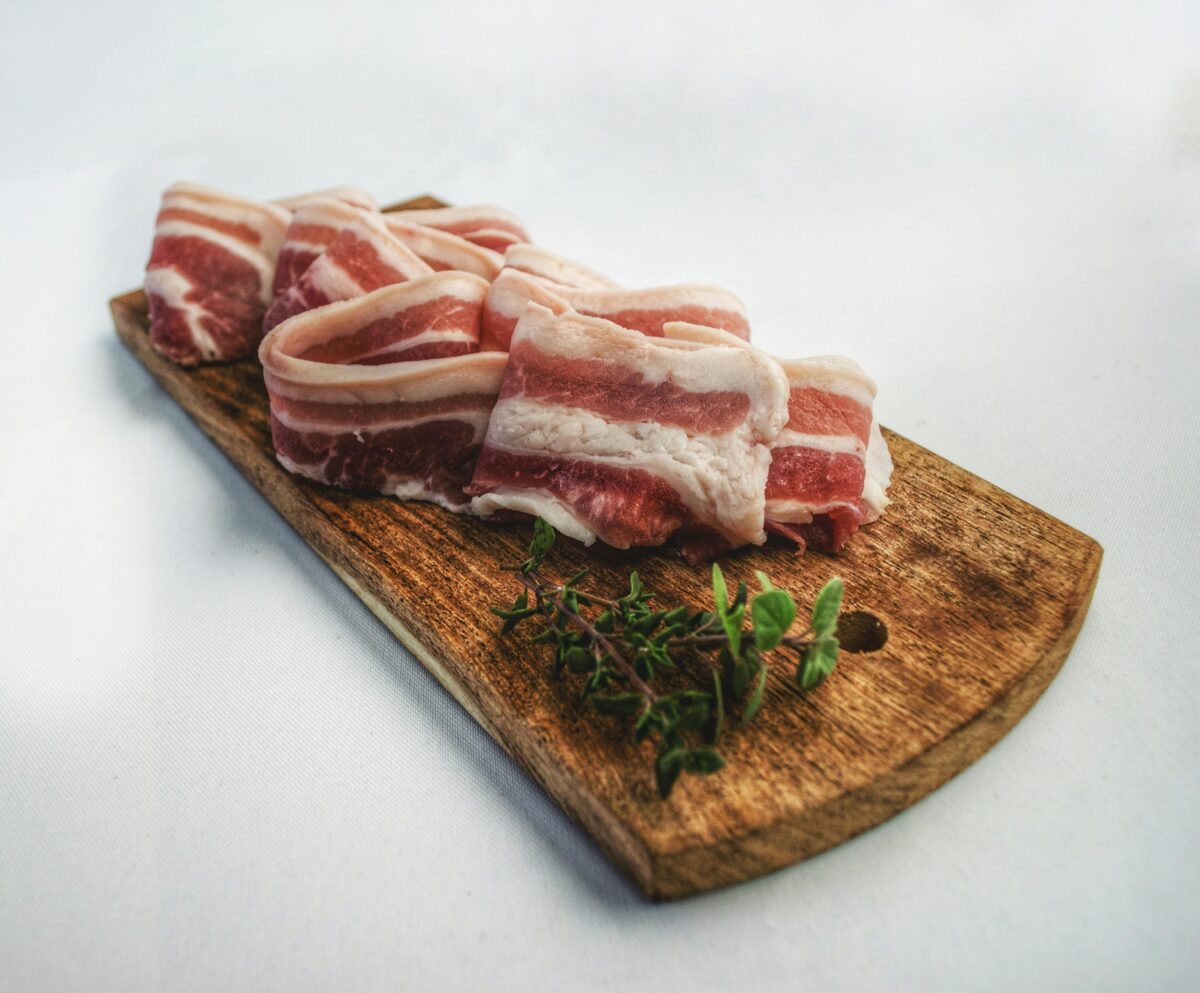Cooking bacon in the oven is a game changer for home cooks and bacon enthusiasts alike. Here are some compelling reasons to try this method:
- Even Cooking: The oven provides consistent heat, ensuring that each slice cooks evenly without hot spots.
- Less Mess: Baking bacon minimizes splatter, making cleanup a breeze.
- Hands-Free Cooking: Once in the oven, you can focus on preparing other dishes while the bacon cooks.
- Perfect for Large Batches: The oven can accommodate multiple trays, making it ideal for feeding a crowd.
Before you start, gather the following tools and ingredients:
Tools
- Baking sheet
- Parchment paper or aluminum foil
- Cooling rack (optional)
- Tongs or a fork
Ingredients
- Bacon (thickness varies based on preference)
- Optional spices or glazes for flavor enhancements
Step-by-Step Guide to Baking Bacon
Follow these step-by-step instructions to achieve perfectly cooked bacon:
- Preheat the Oven: Set your oven to 400°F (200°C).
- Prepare the Baking Sheet: Line a baking sheet with parchment paper or aluminum foil for easy cleanup.
- Arrange the Bacon: Lay the bacon strips in a single layer on the baking sheet. Avoid overlapping.
- Optional Cooling Rack: For extra crispiness, place a cooling rack on top of the baking sheet and lay the bacon on the rack.
- Add Flavor Enhancements: If desired, sprinkle spices or glaze over the bacon at this stage.
- Bake: Place the baking sheet in the oven and bake for 15-20 minutes, depending on the thickness of the bacon.
- Check for Doneness: Keep an eye on the bacon as it cooks. It should be crispy and golden brown.
- Remove and Drain: Use tongs to transfer the bacon to a paper towel-lined plate to drain excess grease.
Tips for Perfectly Cooked Bacon
To ensure your bacon turns out perfectly every time, consider the following tips:
- Cooking Times for Different Bacon Thicknesses: Thin bacon may take 12-15 minutes, while thick-cut bacon can take 20-25 minutes.
- Monitor Closely: Ovens can vary, so start checking the bacon a few minutes before the recommended time.
- Don’t Overcrowd: Ensure there’s enough space between bacon strips for even cooking.
- Use a Meat Thermometer: For precise doneness, bacon should reach an internal temperature of 145°F (63°C).
- Tips for Cleanup and Storage: Allow the grease to cool before disposing of it; store cooked bacon in an airtight container in the fridge for up to a week.
Variations and Flavor Enhancements
Experimenting with flavors can elevate your bacon game. Here are some examples of flavor enhancements:
- Spices: Try paprika, black pepper, or cayenne for a spicy kick.
- Glazes: Brush with maple syrup, brown sugar, or honey for a sweet finish.
- Herbs: Sprinkle fresh thyme or rosemary for an aromatic touch.
Common Mistakes to Avoid
To ensure your bacon turns out perfectly, avoid these common pitfalls:
- Skipping the Preheat: Always preheat your oven for even cooking.
- Overcrowding the Pan: This can lead to uneven cooking and soggy bacon.
- Ignoring the Drippings: Save the bacon grease for cooking other dishes—it’s a flavor powerhouse!
- Not Checking for Doneness: Bacon can go from perfect to burnt quickly, so keep a close eye.
How do I know when the bacon is done?
Bacon is done when it is crispy and golden brown. Use a meat thermometer to ensure it reaches 145°F internally.
Is it safe to eat bacon that is slightly undercooked?
It’s best to cook bacon until it’s crispy to eliminate any risk of foodborne illness.
Serving Suggestions and Pairings
Now that you’ve mastered cooking bacon in the oven, here are some delicious ways to serve it:
- Breakfast: Serve alongside eggs, toast, and fresh fruit for a classic breakfast plate.
- Sandwiches: Add crispy bacon to sandwiches or burgers for extra flavor.
- Salads: Crumble bacon over salads for a crunchy texture.
- Charcuterie Boards: Include bacon on a charcuterie board with cheeses and fruits.
